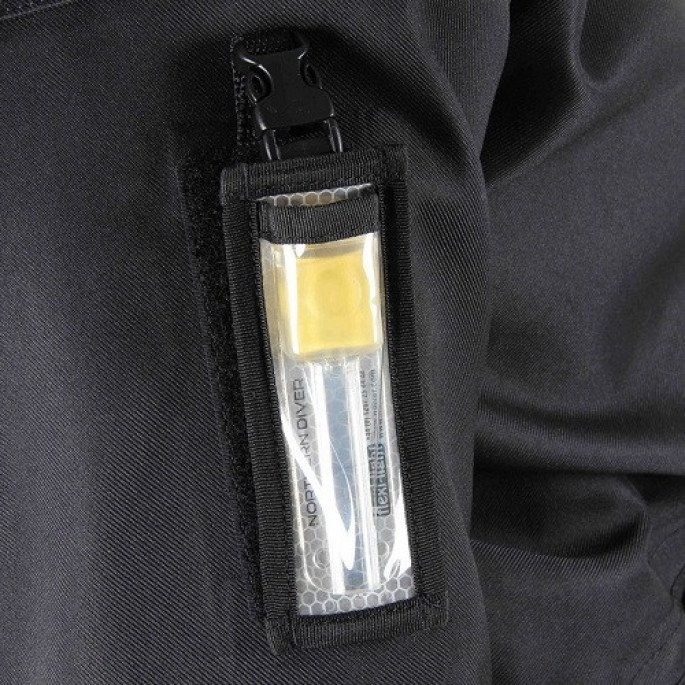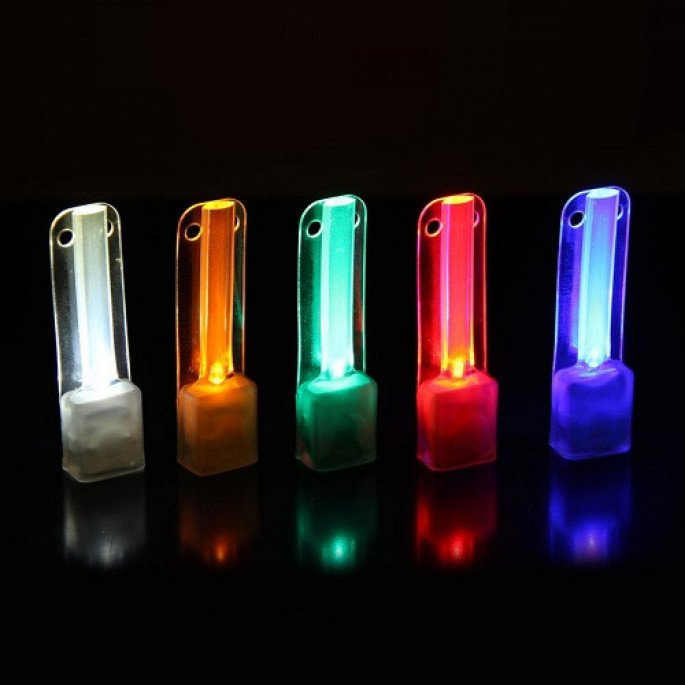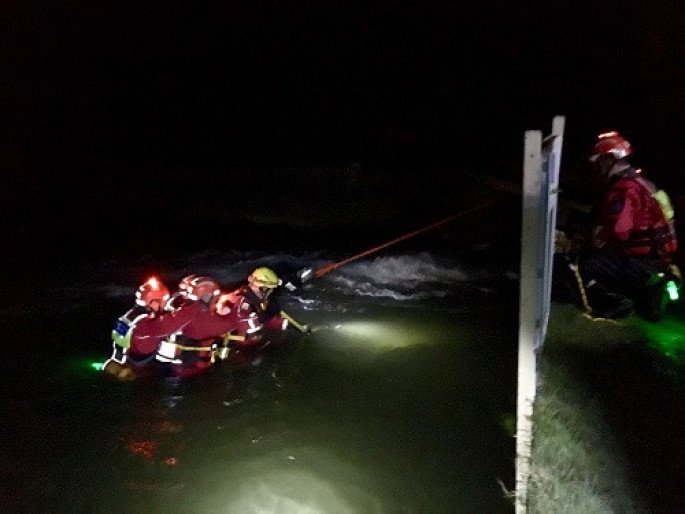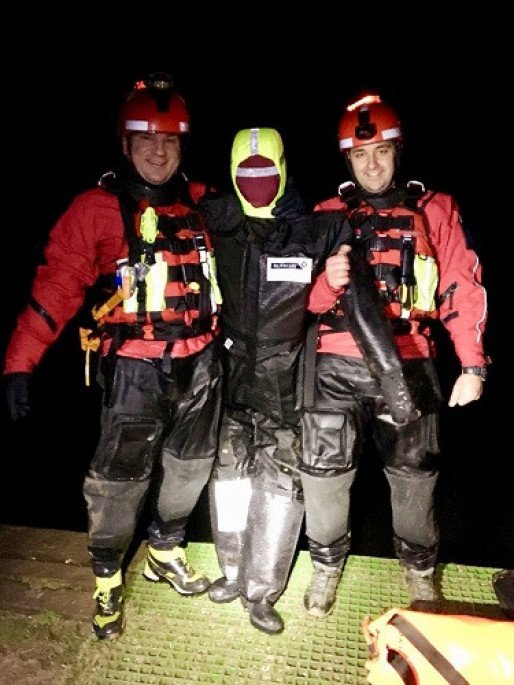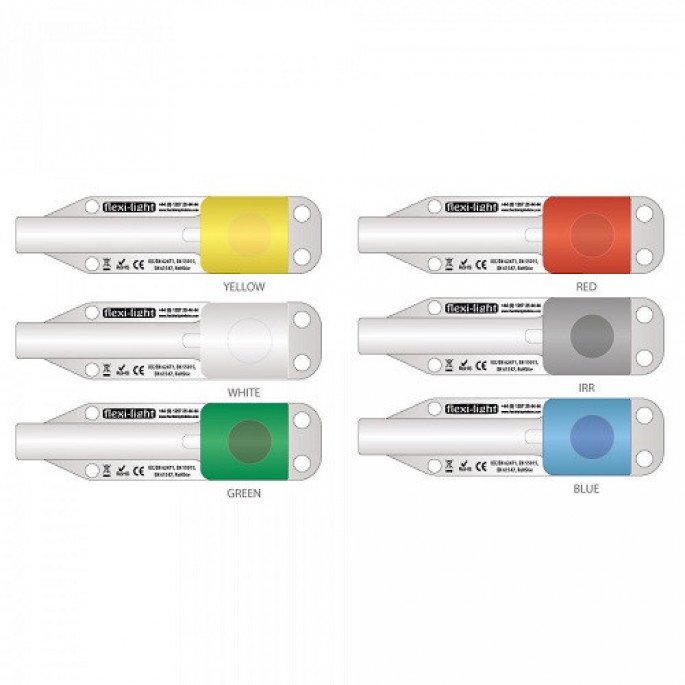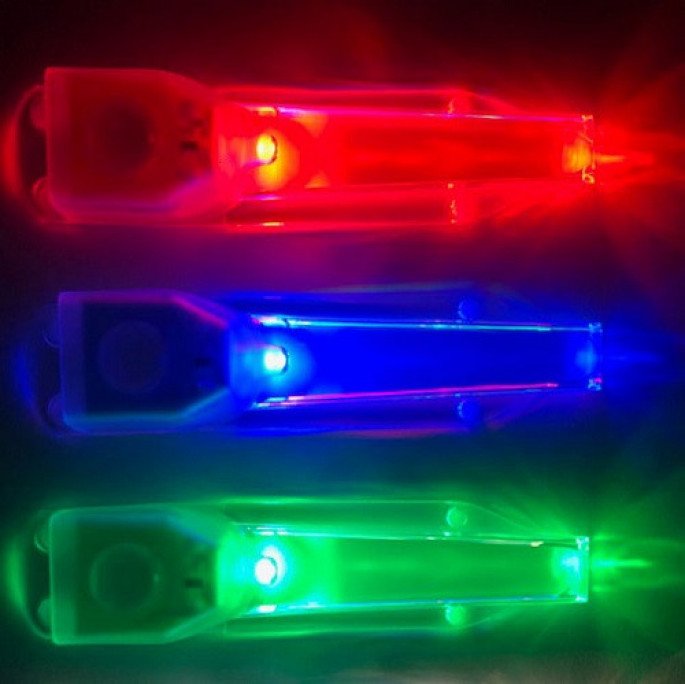Inventor's Month and a revolutionary new alternative to chemical light sticks
Posted 24/08/2018
In this final instalment of our Inventor's Month series, we're taking a look at one of our smallest products, which happens to be incredibly versatile and is sold across our business divisions as an alternative to traditional 'snap' chemical light sticks: the Flexi-Light and the Flexi-Light V2, its recent evolution.
Glow sticks and light sticks
These terms are often used interchangeably to describe a stick-shaped temporary light source, operated by bending to initiate the light.
Familiar to many, these devices were invented in the early 60s and first used by the US Navy. They're now used by police, fire teams and the military for various purposes, as well as for other activities such as camping.
These light sticks operate within the principle of chemiluminescence. This term describes the chemical reaction taking place when the stick is 'snapped'. When this happens, it causes an internal vial to break and its contents (hydrogen peroxide) to mix with another substance (diphenyl oxalate), along with a dye known as a fluorophore. A base catalyst is also present to speed the chemical reaction up.
This gives an inexpensive short term source of temporary light - waterproof and highly pressure resistant. However, it has a single function only, and once it's on, it stays on until it's spent.
The Flexi-Light
About five years ago and after having sold chemical light sticks for some time, we set about developing a non-sparking, non-heat producing light stick alternative for military use that, importantly, could be switched on and off.
The result was the Flexi-Light, a compact double-sealed device constructed from surgical grade silicone, with a battery, switch and LED at one end.
The light from the LED is projected through the soft, flexible silicone and is visible from up to 3km away.
As well as having an on/off function, the original Flexi-Light has a 'flashing' mode and is available in several colours and infrared, which is invisible to the human eye.
The Flexi-Light has proved to be immensely popular with sport divers, rescue teams and police, as well as the armed forces. It's just as useful above the surface as it is below. One of our friends at Scuba magazine told us he used one to keep an eye on his dog when on the beach!
In order to make the Flexi-Light compatible with many different applications, we developed a range of attachment methods that it can be sold with, including a nylon clip, fitted hook-and-loop patch, Flexi-Light pocket and more.
Development of the Flexi-Light
We love research and development at Northern Diver and are pleased to say that this article coincides with the recent release of the Flexi-Light V2.
This latest Flexi-Light features a new streamlined design. Burn time has been increased to up to 42 hours, and the user can now select high or low power, as well as 'flashing' and 'off' modes. It can dive to new depths too, as it's rated to 100 metres.
The Flexi-Light V2 will be available with all attachment methods available for the original. If at the moment you're interested but can't see what you're looking for, feel free to contact us for assistance.
Similarly, you can contact us if you have any product suggestions or if you're looking for a bespoke piece of kit. We strongly value customer feedback and, subject to order quantities, can develop and manufacture custom items for clients across our business divisions.
